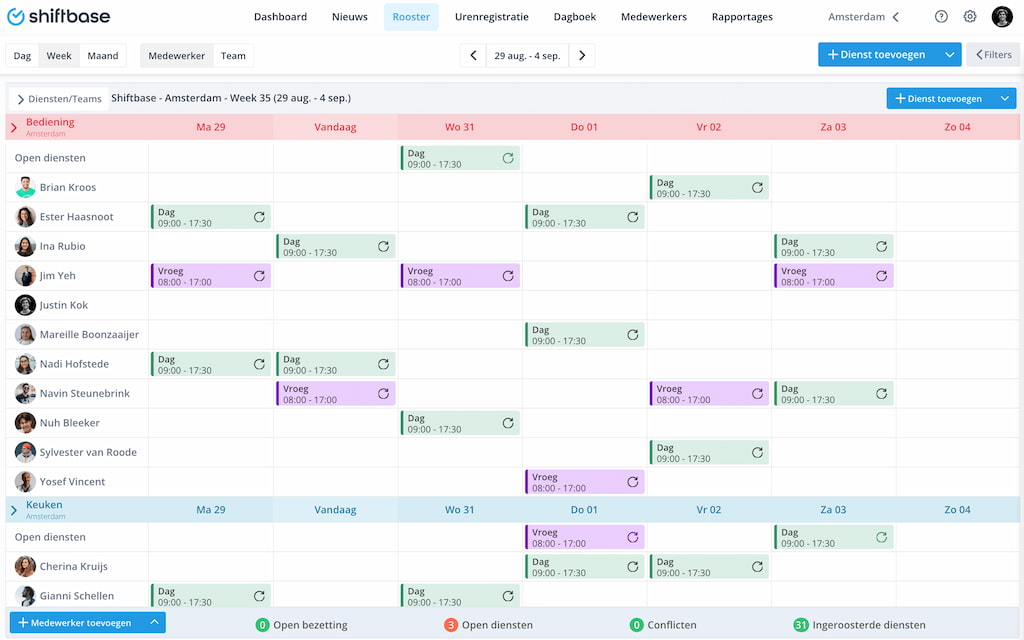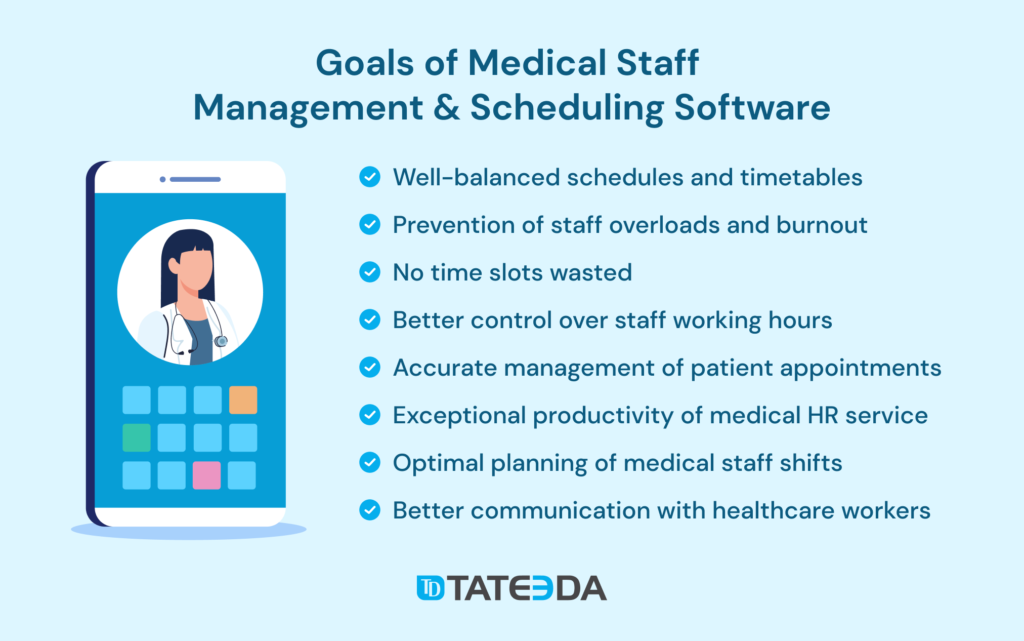Unleashing the Power of Data: Enhancing Human Resources Techniques With Cutting-Edge Staffing Administration Software Program
In the rapidly progressing landscape of personnels, the use of information has actually come to be a critical force in forming business success. As companies aim to remain competitive and active, the integration of sophisticated staffing administration software application stands apart as a transformative tool in enhancing HR procedures. By taking advantage of the power of data analytics, organizations can not just improve their employment techniques but additionally maximize staff member retention and productivity. The harmony in between data-driven insights and progressed innovation presents an engaging possibility for HR professionals to revolutionize their method in the direction of skill management.
Value of Data-Driven HR Methods
Data-driven Human resources techniques enable firms to optimize their labor force management, employment procedures, and staff member engagement efforts. By assessing data connected to employee efficiency, turn over prices, and ability spaces, HR divisions can recognize patterns, anticipate future requirements, and establish positive services to address difficulties.
Data-driven HR methods additionally play a vital role in improving staff member fulfillment and retention. Through the analysis of staff member responses, performance evaluations, and training end results, human resources professionals can tailor individual development strategies, acknowledge high-potential workers, and foster a society of constant knowing and development within the organization. Data-driven understandings make it possible for HR teams to straighten their strategies with the overall service objectives, making certain that skill management initiatives directly add to business success.
Benefits of Staffing Administration Software
Making use of staffing management software program improves the recruitment and onboarding processes for HR departments, enhancing efficiency and accuracy in ability procurement. One significant advantage of this software application is the capability to streamline prospect information, making it quickly obtainable for recruitment teams. By having all candidate details in one place, HR professionals can efficiently track prospect development, communicate efficiently with prospective hires, and make certain a seamless recruitment experience.
In addition, staffing management software often includes functions such as return to analyzing and keyword matching, which assist in swiftly determining leading prospects that match the task demands. This automation minimizes the moment invested in hand-operated resume screening, enabling human resources personnel to concentrate on even more strategic jobs. staffing management software. Furthermore, these systems can incorporate with work boards and social networks platforms, increasing the reach of job posts and attracting a varied swimming pool of prospects
Moreover, analytics and reporting devices within staffing monitoring software supply valuable understandings into recruitment metrics, such as time-to-fill and cost-per-hire. This data-driven approach enables HR groups to make educated choices, maximize recruitment approaches, and improve overall employing processes. By leveraging these advantages, organizations can streamline their skill purchase initiatives, improve prospect experience, and inevitably construct a solid labor force.
Enhancing Employment Processes With Information
Utilizing data-driven techniques in employment procedures has actually come to be increasingly crucial for organizations looking for to boost their skill acquisition outcomes. By leveraging data, companies can make more informed decisions throughout the recruitment lifecycle, eventually bring about far better hires and enhanced retention prices. One vital way data improves employment procedures is by enhancing task posts based upon insights from previous successful hires. Examining metrics such as the source of leading talent, time to load placements, and candidate quality can assist employers customize task summaries to bring in the right prospects efficiently.
In addition, information analytics can enhance the screening and choice process by identifying patterns in candidate credentials and performance indicators. This makes it possible for employers to concentrate their efforts on candidates who are more than likely to do well in the function, saving time and resources. Furthermore, data-driven employment strategies can help reduce predisposition in Continued the working with process by supplying unbiased insights right into prospect credentials and potential fit within the organization. Overall, integrating data right into recruitment procedures empowers organizations to make smarter working with decisions and build high-performing groups.
Improving Employee Retention With Technology

One method modern technology can enhance staff member retention is through using staff member engagement platforms. These platforms enable real-time feedback, acknowledgment, and interaction in between workers and management, promoting a society of admiration and support. In addition, technology can allow individualized knowing and development programs customized to specific worker needs and occupation ambitions, raising work contentment and commitment.
Furthermore, data analytics devices can assist organizations recognize trends and patterns associated with worker turnover, allowing them to take positive measures to resolve prospective issues prior to they escalate. On the whole, by leveraging modern technology properly, organizations can develop a much more interesting and helpful job setting that urges workers to expand and stay within the business.
Making Best Use Of Labor Force Performance With Data

Through the analysis of data, human resources departments can determine patterns and patterns that influence performance levels. By tracking worker work hours and job completion rates, organizations can optimize work schedules to make certain that jobs are successfully dispersed among team members. Furthermore, data can reveal skill gaps within the workforce, permitting human resources to apply targeted training programs that boost staff member capacities and total efficiency.
Moreover, data-driven efficiency assessments allow managers to offer specific feedback and assistance to staff members, cultivating a culture of constant improvement. Homepage Generally, leveraging data to make best use of labor force efficiency is a tactical approach that encourages companies to attain their objectives successfully and effectively.
Conclusion
In verdict, making use of innovative staffing monitoring software can considerably enhance human resources techniques by leveraging the power of data. By integrating data-driven recruitment procedures, boosting worker retention through modern technology, and making best use of workforce performance, organizations can streamline their procedures, make more informed choices, and ultimately accomplish greater success in handling their human capital. Accepting these technological improvements is important in the ever-evolving landscape of personnel administration.
Data-driven Human resources approaches enable firms to optimize their workforce monitoring, employment processes, and worker interaction campaigns. By analyzing data associated to staff member performance, turnover prices, and skill gaps, HR departments can determine trends, anticipate future needs, and create positive services to deal with obstacles.
